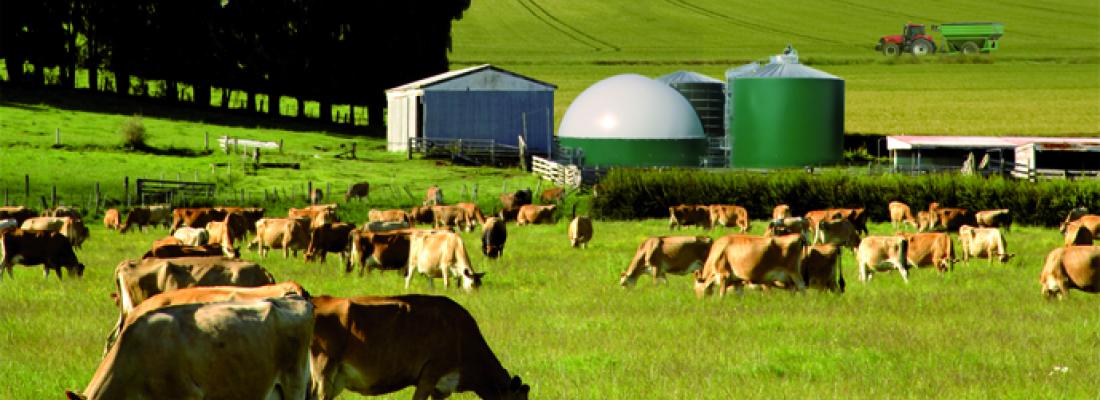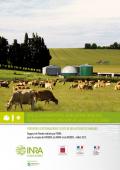Climate change and risks Reading time 3 min
How French agriculture can help reduce greenhouse gas emissions
Published on 01 July 2013

There are four key ways agriculture can be a part of the solution of reducing GHG emissions:
- Lower emissions of nitrous oxide (N2O, a powerful GHG released during fertiliser processing or manure spreading) and methane (CH4, a GHG that comes mostly from livestock)
- Increase carbon sequestration in soil and biomass
- Reduce energy use and produce energy from biomass (agrofuels or biogas, which lower emissions as substitutes for fossil fuels)
- Produce materials from biomass.
The study specified that eligible measures be based on farming practices that farmers have a say in changing, lead to reductions affecting commercial farms at least in part, do not require major changes to the production system and do not reduce yields by more than 10%. For each of the chosen measures, the study analysed the potential emissions reductions and gains versus tradeoffs for farmers if implemented.
The ten measures are centred around nitrogen management (nitrogen fertilizer, pulses), practices that help increase carbon sequestration in soil and biomass (fallow land, agroforestry, intermediate crops and intercropping, pasture management), animal feed (rations that minimise nitrogen excretion or methane production) and the production and consumption of energy by farming (methanization, fossil fuel economies).
The study highlights a strong potential for the agricultural sector to reduce emissions through these measures. According to the experts’ calculations, if all ten were adopted, France could achieve a cumulative annual reduction of 32 million tonnes of CO2 equivalent by 2030. However, only part of this reduction would be reflected in the French GHG inventory. This is because it is impossible to establish exact calculations of certain measures from the 2010 national inventory (for instance, methane emissions from cattle following changes to feed rations, or carbon sequestration from fallow land or agroforestry practices).
This study should facilitate the development or modification of public policies that aim to reduce GHG emissions from agriculture.
The study was published and presented to the public on 2 July 2013.

Report of the study :
